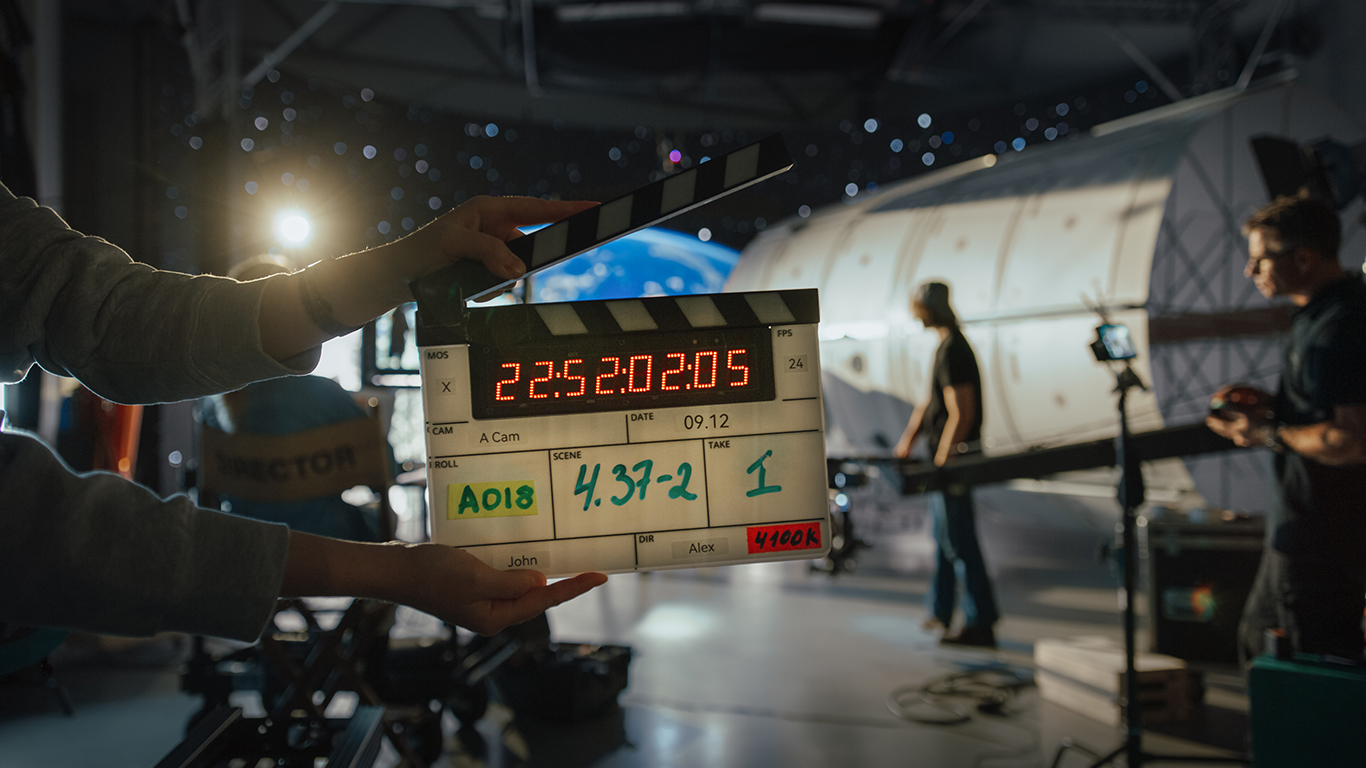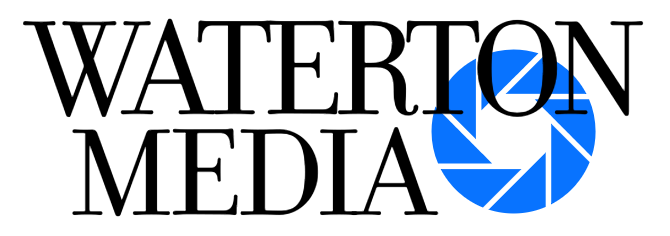Your cart is currently empty!
An Overview of Video Cameras Used in Motion Picture Production

Introduction to Video Cameras in Motion Picture Production
The world of motion picture production has always been synonymous with creativity and innovation. At the heart of this dynamic landscape lies an essential tool: the video camera. From capturing breathtaking visuals to immortalizing powerful performances, these devices have evolved dramatically over the years. With a multitude of options available today, aspiring filmmakers and seasoned professionals alike face a crucial question—what type of video camera is best suited for their specific needs? In this article, we’ll explore the various types of cameras used in film making, delve into their features and capabilities, and uncover tips that can help elevate your production game. Whether you’re at the helm of a blockbuster or working on an indie project, understanding video cameras is key to bringing your vision to life.
Types of Video Cameras Used in the Industry
The world of motion picture production boasts a variety of video cameras, each designed for specific needs. First up are digital cinema cameras. These beasts deliver stunning image quality and dynamic range, making them favorites on film sets.
Next are camcorders, often favored for their ease of use. They’re compact and versatile, perfect for documentary-style shoots or events where mobility matters.
Then there are mirrorless and DSLR cameras. With interchangeable lenses, they offer filmmakers creative flexibility while maintaining high-quality visuals.
Action cameras have carved out their niche in extreme sports and adventure filmmaking. Their small size allows for unique angles that traditional setups can’t achieve.
Each camera type brings its own strengths to the table, catering to diverse filming styles and requirements in the industry.
Features and Capabilities of Professional Film Cameras
Professional film cameras are designed with features that elevate storytelling. They often provide exceptional image quality, dynamic range, and color accuracy. This ensures filmmakers capture every nuance of a scene.
One notable capability is interchangeable lenses. This allows for creative flexibility, letting cinematographers choose the perfect lens for each shot. Whether it’s a wide-angle or telephoto lens, the options enhance visual storytelling.
Another feature is manual controls over aperture, shutter speed, and ISO settings. These controls give professionals complete command over exposure and depth of field.
Additionally, many professional cameras support high-resolution formats such as 4K and even 8K video recording. The ability to shoot at these resolutions opens up new possibilities in post-production editing.
Robust build quality enhances durability on set while weather sealing protects against elements during outdoor shoots. Together, these capabilities make professional film cameras indispensable tools for motion picture production.
The Rise of Digital Video Cameras
The transition from analog to digital video cameras has revolutionized motion picture production. Digital technology offers filmmakers unprecedented flexibility and control.
One of the most significant advantages is the immediate feedback it provides. Filmmakers can instantly review footage, allowing for real-time adjustments and creativity on set. This capability drastically reduces wasted time and resources.
Digital cameras are also compatible with a range of editing software. This integration streamlines post-production processes, enabling quicker turnaround times for projects.
Additionally, advancements in sensor technology have improved image quality dramatically. Today’s digital cameras capture stunning visuals that rival traditional film techniques while being more cost-effective.
As filmmakers embrace this shift, innovative features like 4K resolution, high dynamic range (HDR), and enhanced low-light performance continue to emerge, pushing the boundaries of visual storytelling even further in motion picture production.
Popular Video Camera Brands and Models in the Market
When it comes to video cameras for motion picture production, several brands stand out in the industry. Canon is renowned for its high-quality imaging and robust build. The Canon C300 Mark III offers impressive low-light performance and versatile shooting options.
Sony also holds a significant place in film production with its FX series. The Sony FX6, for instance, combines compact design with powerful features that filmmakers love.
Red Digital Cinema continues to innovate with models like the RED Komodo 6K. This camera brings cinematic quality into a smaller footprint, perfect for dynamic shoots.
Blackmagic Design has gained popularity among indie filmmakers thanks to their Pocket Cinema Camera line. These affordable options provide excellent color science and flexibility.
Each of these brands presents unique advantages catering to various filming styles and budgets, ensuring there’s a suitable option available for every project’s needs.
How to Choose the Right Camera for Your Production Needs
Choosing the right camera for your production needs is a crucial step. Start by defining your project’s scope and budget. Are you shooting a feature film, a commercial, or perhaps a documentary? Each type demands different capabilities.
Next, consider the environment where you’ll be filming. Will you need to shoot in low light? If so, look for cameras with larger sensors that excel in dim conditions.
Think about resolution too. Higher resolutions allow for more detail but require more storage and processing power. Balance this with what suits your intended distribution platform.
Don’t overlook lens compatibility as well; it impacts the visual style significantly. Evaluate ergonomics—comfort on set can enhance creativity during long shoots.
Researching various models will also help clarify which features align best with your vision and workflow.
Tips for Using Video Cameras on Set
When using video cameras on set, preparation is key. Always check your equipment before the shoot begins. Ensure batteries are charged and memory cards are formatted.
Next, understand your camera’s settings inside out. Familiarize yourself with frame rates, resolution options, and exposure controls to capture the desired look.
Communication among crew members is vital. Make sure everyone knows their roles concerning camera operation to avoid confusion.
Adjusting lighting can dramatically enhance your footage quality. Take time to position lights effectively for different scenes.
Monitor audio closely as well; poor sound can undermine even the best visuals. Use external microphones when possible for clarity.
Be adaptable during filming sessions. Conditions change quickly on set, so stay flexible and willing to pivot if needed without losing sight of the vision.
Future Trends in Motion Picture Production Technology
The landscape of motion picture production is evolving rapidly. Innovations in technology are reshaping how films are made, from pre-production to post.
One significant trend is the integration of artificial intelligence. AI tools streamline editing and scripting processes, allowing filmmakers to focus on creativity rather than mundane tasks.
Virtual reality (VR) and augmented reality (AR) are also making waves. These technologies immerse audiences like never before, creating interactive storytelling experiences that challenge traditional formats.
Moreover, cloud-based solutions enable collaboration among teams worldwide. This shift allows real-time edits and feedback regardless of location, enhancing productivity.
Sustainability remains a key concern as well. Eco-friendly cameras and energy-efficient practices will redefine industry standards while reducing environmental impact.
As these trends develop further, they promise exciting possibilities for both creators and viewers alike in the realm of motion picture production technology.
Conclusion
As the world of motion picture production continues to evolve, video cameras play a crucial role in shaping visual storytelling. Understanding the types of cameras available and their unique features can empower filmmakers to make informed choices that elevate their projects.
Digital video cameras have revolutionized the industry with their affordability, versatility, and ease of use. With numerous brands and models on the market today, each offering distinct advantages and disadvantages, it’s essential for creators to assess what suits their specific needs best.
Choosing the right camera involves considering factors like budget, project scope, and desired aesthetic. Additionally, knowing how to effectively utilize video cameras on set can enhance productivity and creativity during filming.
The future looks promising as technology advances further. Innovations in camera design may enable even greater artistic expression while maintaining high-quality results. Staying up-to-date with these trends will be beneficial for anyone involved in motion picture production.
With all this information at hand, filmmakers are better equipped to select a video camera that not only meets technical requirements but also aligns with their creative vision. This knowledge ultimately contributes to crafting compelling narratives that resonate with audiences around the globe.
